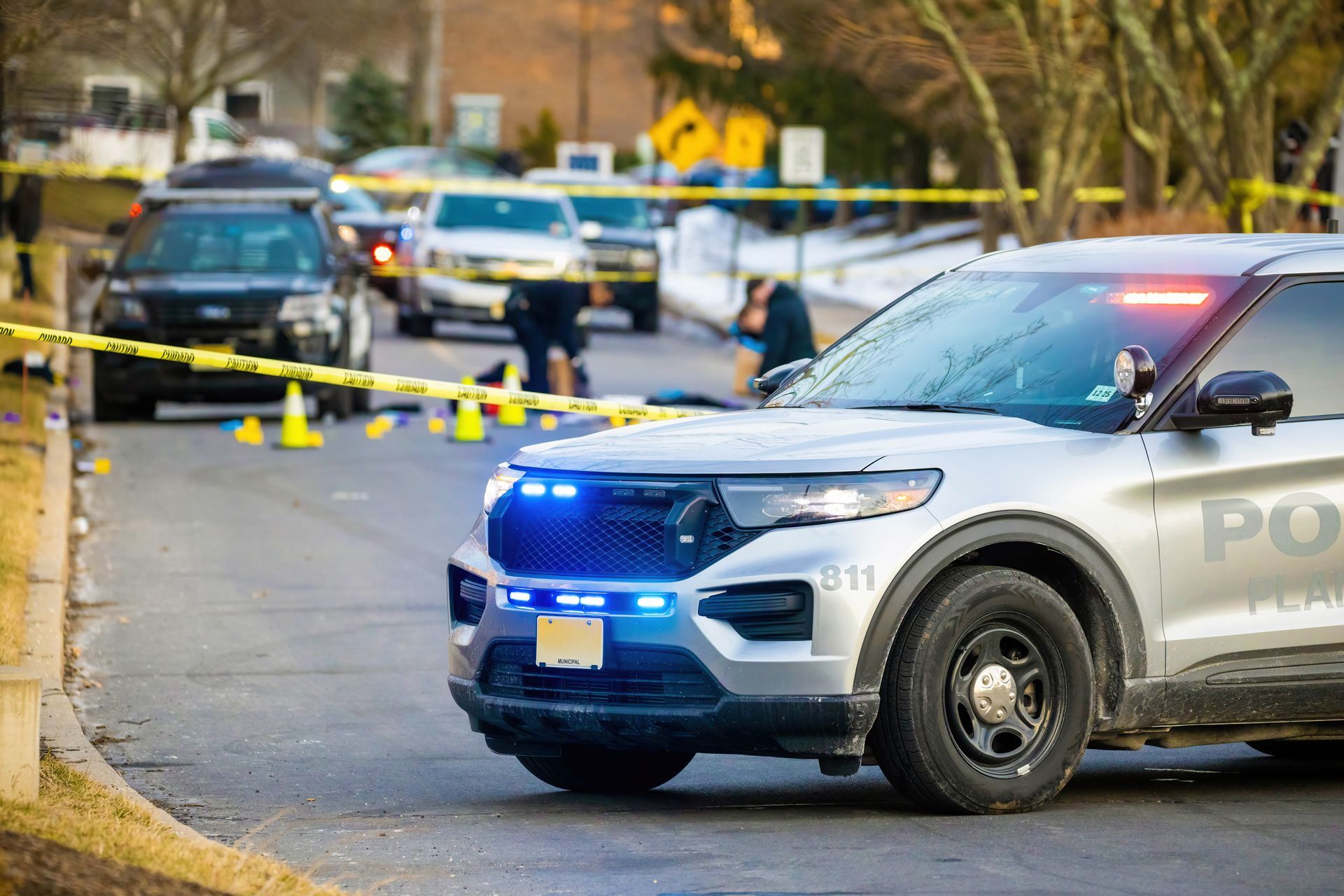CONTACT INFO
350 Motor Parkway, Ste 311
Hauppauge, NY 11788
Phone: 631-348-9500
Fax: 631-348-9511
Call for a Free Consultation (631) 348-9500 • 350 Motor Parkway Suite 311, Hauppauge, NY 11788
24 Hours / 7 Days a Week
Is Running a Dangerous Hobby on Long Island?
Is Running a Dangerous Hobby on Long Island?
On Long Island, it is extremely common to see people out running at all times of the year. But as things heat up, it is almost like the streets become lined with people training for their next 5k. As an outdoor activity that promotes physical fitness and mental well-being, many residents of Long Island have embraced running as a way to stay active and enjoy the beautiful surroundings, and if you're reading this article, we are willing to guess that you might be one of them.
However, running on public roads does come with significant risks here. Long Island's busy thoroughfares, punctuated by speeding vehicles, pose serious dangers to runners. Mix in the sometimes hilly terrain, blind curves, and plenty of neighborhoods without sidewalks, and it might be more dangerous than you think.
Just How Dangerous is it to be Running on Public Roads?
While specific statistics on the number of injuries incurred by runners on Long Island specifically are not readily available, we can get a sense of the overall danger by looking at the national numbers.
In the United States, the National Highway Traffic Safety Administration (NHTSA) reported that in 2018, there were 6,283 pedestrian fatalities, with an estimated 17% of those deaths involving pedestrians or runners. While this data encompasses all pedestrian fatalities, it highlights the inherent risks faced by individuals engaging in activities such as running on public roads.
Now take that baseline level of risk, and add in the specific risk factors of our public roads on Long Island, where there is either going to be significant traffic, or a windy road through a forest with no sidewalk.
What Can I do to Stay Safe While out for a Run?
Firstly, it is crucial to be visible to motorists. Wearing brightly colored or reflective clothing, especially during low-light conditions, can increase visibility. Additionally, investing in reflective gear, such as vests or armbands, can further enhance visibility, reducing the chances of accidents.
Also, if you're going to remember just one thing,
run against the traffic flow. This allows for better visibility and enables runners to anticipate and react to oncoming vehicles. It is essential to stay alert, avoiding distractions like headphones, and constantly scan the surroundings for potential hazards.
Choosing routes wisely is another way to ensure safety. Try to stay away from areas with too many blind corners or hill-crests that might obscure you from an oncoming vehicle.
What Should I do if I'm Hit by a Motor Vehicle While Running?
If you're out for a run and struck by a motor vehicle, your immediate priority is your own immediate safety and health. You are probably going to be in shock, and you may not even realize the extent of the injuries you might have, including fractures and bleeding. Adrenaline may make you feel like you are okay to move even if you aren't. Visually inspect yourself quickly, and call for medical attention immediately.
Hopefully the motorist in question hasn't decided to flee the scene, and is helping you to get the medical attention you need.
Next, it is important to contact the authorities and report the accident. This not only ensures that the incident is properly documented but also allows for an investigation and potential legal action if required. Gathering information about the driver involved, including their name, contact details, and insurance information, is essential for future reference. Additionally, obtaining the contact information of any witnesses or individuals present at the time of the accident can strengthen any potential legal claim.
Photographing the scene of the accident, including the vehicle involved, the surroundings, and any visible injuries sustained, can also provide crucial evidence later on. Furthermore, it is advisable to refrain from discussing the accident or admitting fault to anyone, especially to the driver or their insurance company, until consulting a personal injury attorney.
What do I do in the Event of a Hit & Run?
In the unfortunate event of being injured by a motor vehicle while running and experiencing a hit and run situation, there are several steps you can take to try to take action against the responsible party. It is crucial to act swiftly, gathering as much information as possible to aid in the investigation and potential legal proceedings.
Preserve any evidence related to the accident, such as photographs of your injuries, the scene, and any damaged property.
Next, try to gather as much information as possible regarding the vehicle and its driver. Note down the time and location of the accident, along with the make, model, color, and license plate number if you were able to see them. Collect any witnesses' contact information, as their testimonies could be crucial in identifying the responsible party.
Immediately report the hit and run incident to the local law enforcement agency. Provide them with all the gathered information, and ensure you obtain a copy of the police report for your records. Additionally, inform your own insurance company about the accident, even if they may not be directly involved in covering the incident.
Whether or not the driver decided to flee the scene after the accident, the first call you make after the dust settles should be to a personal injury firm like us. It's our job to take it from there, and pursue the justice you deserve for your injuries.
Business Hours
We Are Available 24 Hours, 7 Days A Week
Quick Links
Langella & Langella | All Rights Reserved | Privacy Policy & Accessibility | Powered by PS Digital
This website is for informational purposes only and does not provide legal advice. Please do not act or refrain from acting based on anything you read on this site. Using this site or communicating with Langella & Langella through this site does not form an attorney/client relationship. This site is legal advertising.



